The Louvre museum possesses many Iranian masterpieces that allow you to admire the history of this country.
A few years after the Great French Revolution, in 1793, the government established this museum under the name “Central Museum of Art”. In the beginning, the antiquities section of the museum consisted of a few figures from the classical era of Greco-Roman art and architecture.
During the reign of Nasser al-Din Shah, the fourth king of Qajar dynasty, a French archeological delegation headed by Marcel-Auguste Dieulafoy came to Iran to obtain permission to dig in the ancient areas of Iran. After the approval of the king, this group was able to obtain the desired privilege. Thus, the process of transferring the works of Iranian civilization abroad was apparently legalized.
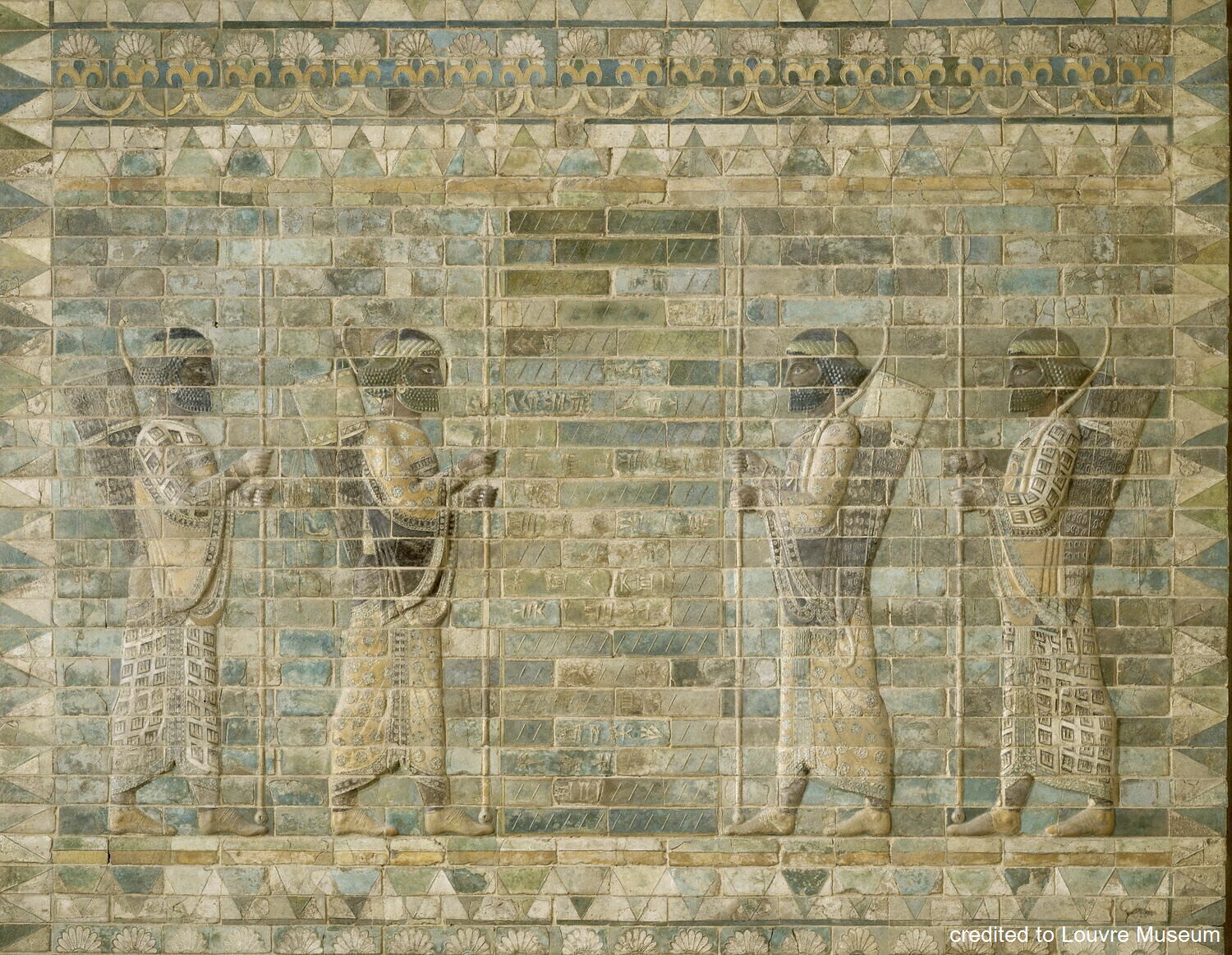
Another French archeological delegation headed by Jean-Jacques de Morgan continued these excavations in Susa. He transferred his most famous findings to the Louvre Museum. Another discovery that took place in the Susa region belongs to another archaeologist from France. Ronald De Mecquenem expanded the scope of his studies in the region.
A little later, Roman Ghirshman executed the excavations of the royal city of “Untash-Napirisha”, later known as “Choghazanbil” due to its huge ziggurat. He transferred half of the findings to the Louvre Museum according to the agreement between the governments of Iran and France. Another person who was able to collect antique collections in Iran was a diplomat, named Keyword. During his mission in Iran, he bought and collected valuable and brilliant examples of “Lorestan’s women” and sold his collection to the Louvre Museum in 1958.
In this article, we are going to introduce some of the prominents which are familiar to the culture and history lovers.
Statue of Queen Napirasu
Before De Morgan’s discoveries, only little information was available about the Elamite civilization. But the excavations of French archaeologists were stunning. After that, the civilization of Elamite revealed its secrets and the presentation of its history and civilization became possible.
One of the most important findings of these excavations is the statue of Queen Napirasu belonging to 1300 to 1340 BC. The height of this 3,300-year-old standing bronze statue is 129cm and weighs 1,750 kg.
This work depicts the figure of Queen Napirasu, the wife of Ontash Gal, the great king of Elam. The body is made in natural size, but it’s head and left arm are damaged. The Elamite king’s wife wore a short-sleeved shirt with a long skirt covering her body.
Her dress is embroidered and decorated with tapestry. The queen has four bracelets on her right wrist and a ring on her left ring finger. The hands are folded in respect and dignity.
We can see an inscription on the edge of her skirt in Elamite language. The artist has engraved the name of the queen and her royal titles and asked the Gods to protect it and explained the religious services dedicated to them. At the end, there is a curse letter in which he asks the Gods to punish anyone who harms it.
The amount of metal used in this work is 1750 kg, which represents the wealth and economic prosperity of the middle Elam kingdom. The outer covering of the statue should normally have been plated with gold and silver, which has been lost.
Pages from old manuscript books
In this museum there are many pages of ancient books such as Shahnameh, Makhzan-ol-Asrar and Khamseh. Shahnameh means the book of the kings, written by Ferdowsi, the great Iranian poet in 10th century AD. Makhzan-ol-Asrar means the treasure of Secrets and Khamseh means the five poems were written by Nizami, the Iranian poet in the 16th century AD.
All these books are the original manuscripts in which you can see the paintings of famous Sassanids kings such as Khosrow Anushirvan and the legendary kings, like Faramarz and Salomon.
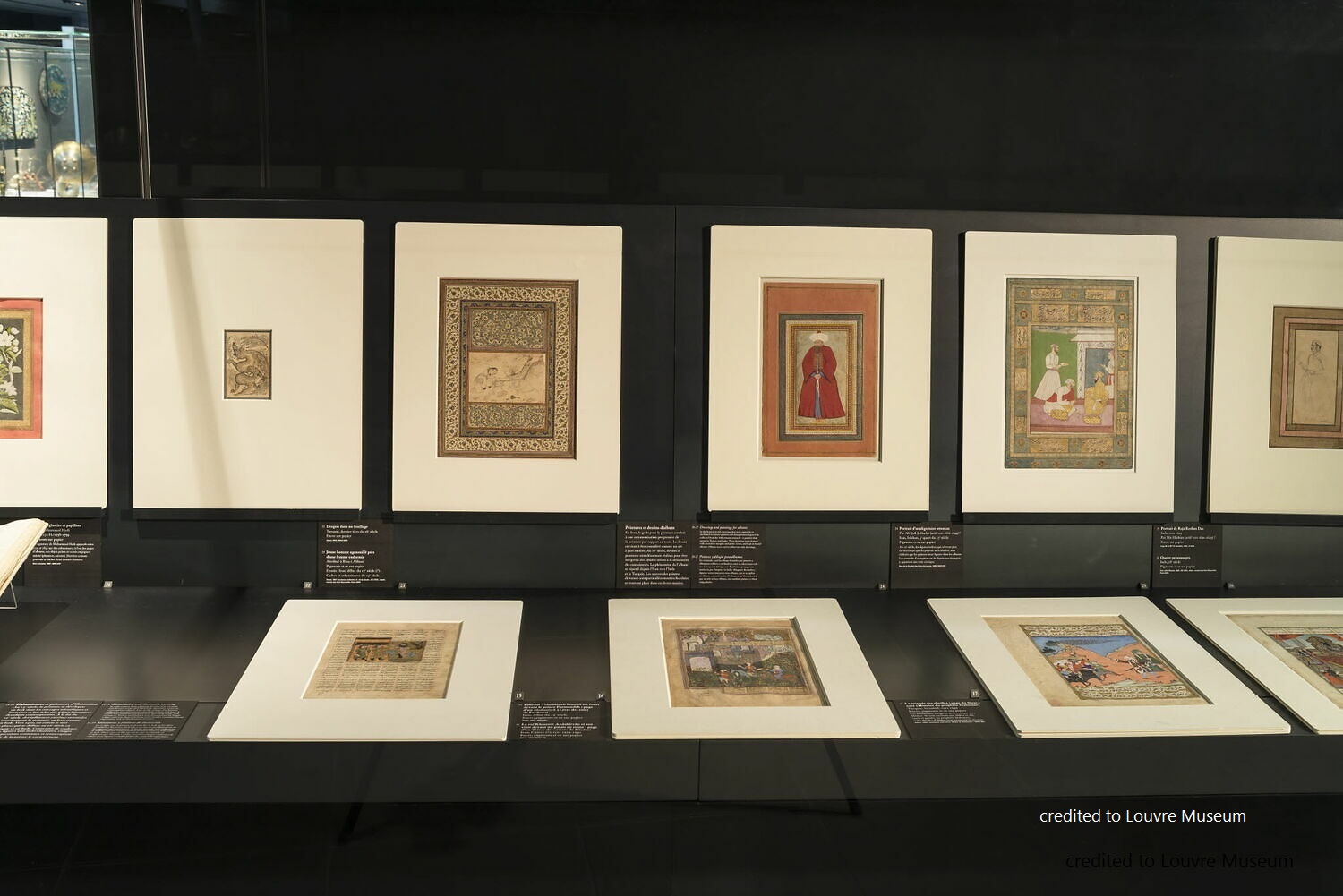
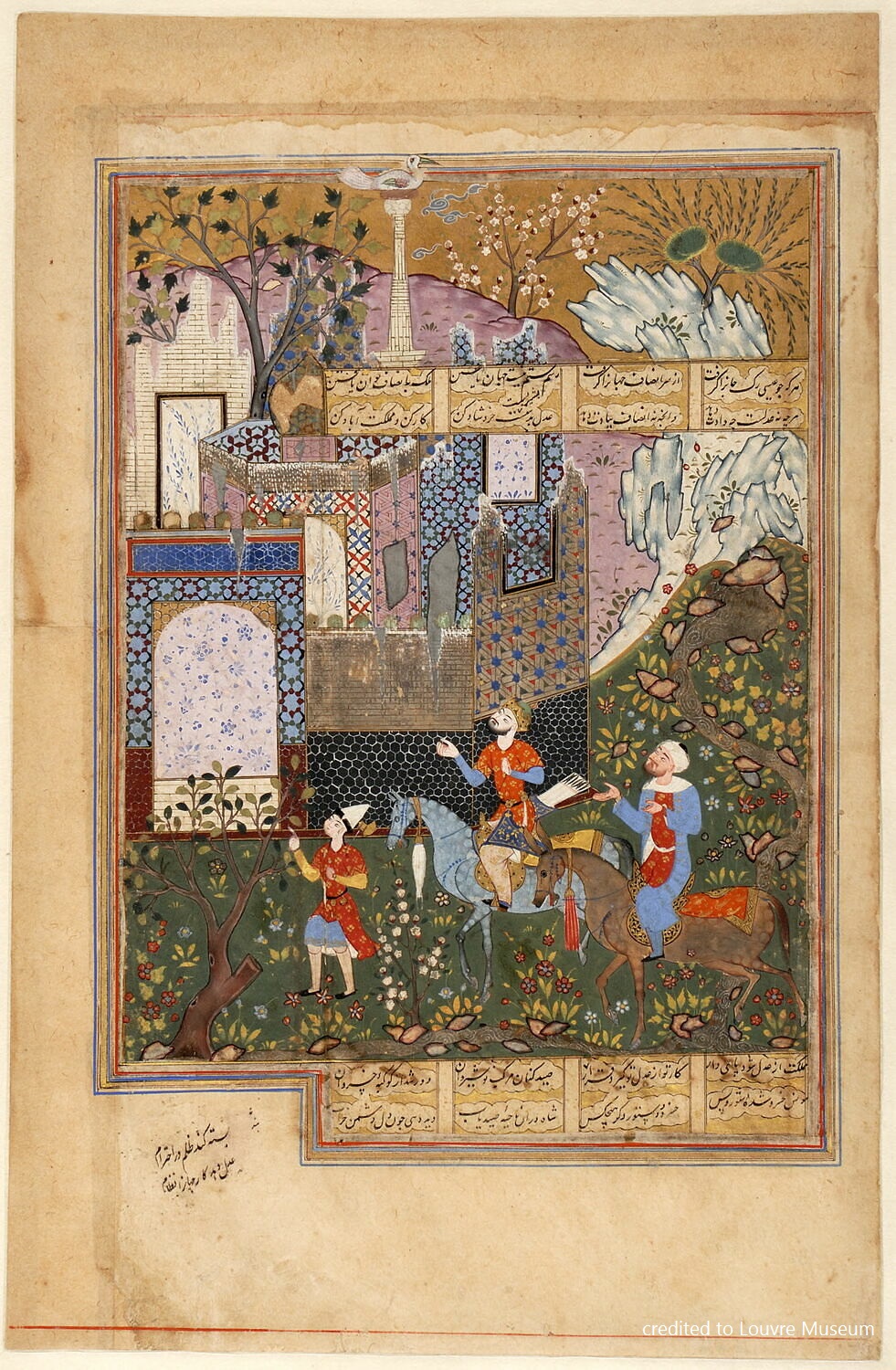
Stone tablet of Naramsin’s victory
A 4,200-year-old stone tablet with relief from the victory of Naram Sin, grandson of Sargon of Akkad, is another work discovered by the Frenchman Jean Jacques De Morgan. This tablet shows Naramsin with a tall stature and a horned helmet (as a sign of his divine position). Also, there is a bow and arrow in his hand on the top and left side of the stele. He pays homage to the Sun God, Shamash, who chose him and helped him in his victory.
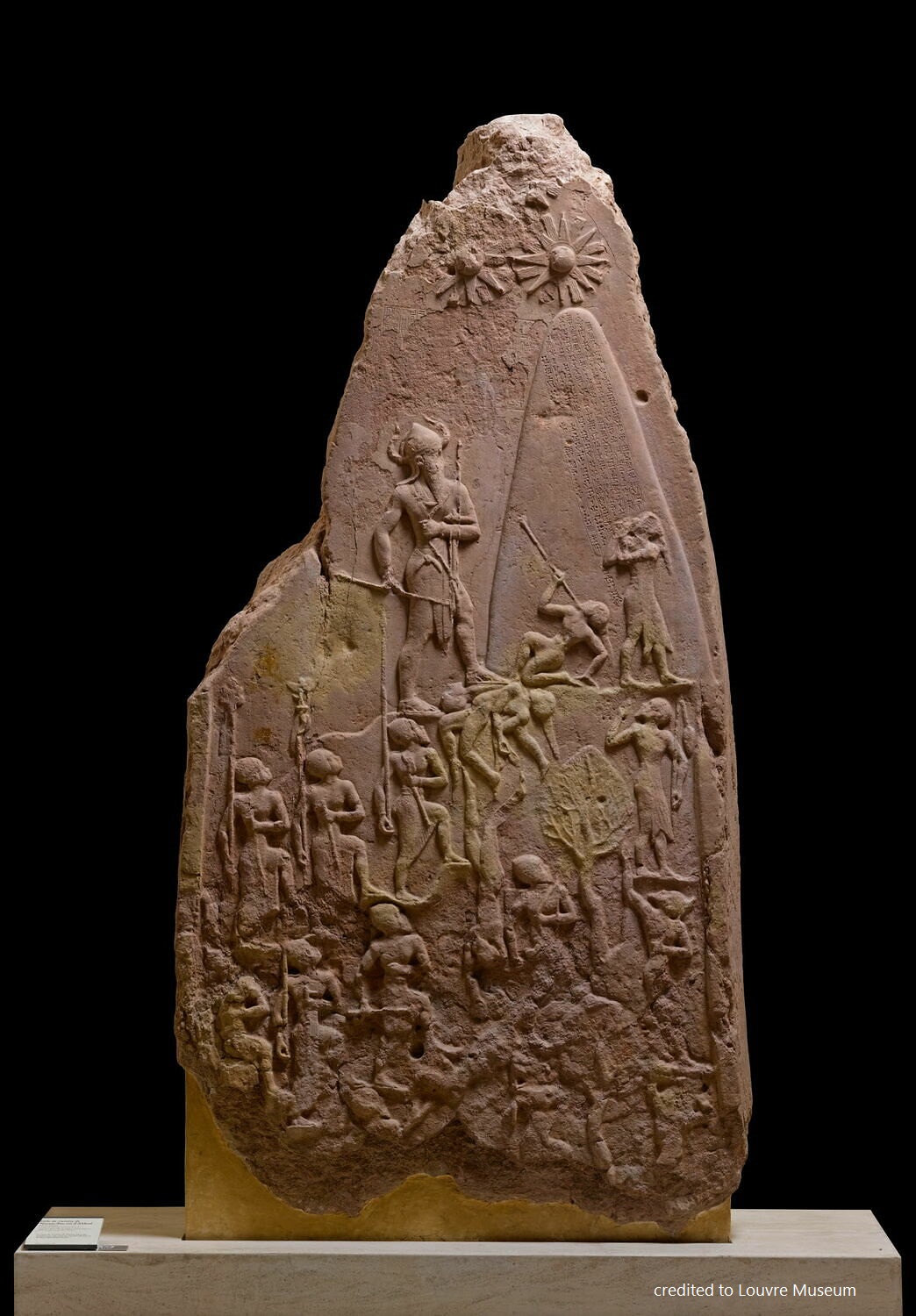
Naramsin has placed his feet on the bodies of two defeated enemy soldiers (Lulubi tribe). Meanwhile, one of the enemy soldiers is dying with an arrow that split his neck.
The soldiers of the Shah, shown in eight figures, are holding spears and raising their flags as a sign of victory. The front part of the scene shows Zagros Mountain and the king, leading his victorious army down the slope of the mountain. Above, two stars are shining as a sign of their Gods.
According to the inscription, the later King of Elam took this inscription to Susa, as the war booty. That is, the place where De Morgan discovered it, in 1898 AD.
Portrait of Fath Ali Shah
The Portrait of Fath Ali Shah, the second king of the Qajar dynasty, is another masterpiece of the Louvre museum. Mehr Ali, the painter of the Qajar era, drew it in the first quarter of the 19th century AD. He used the technique of oil on canvas. The portrait is 240.7 cm high and 145 cm wide.
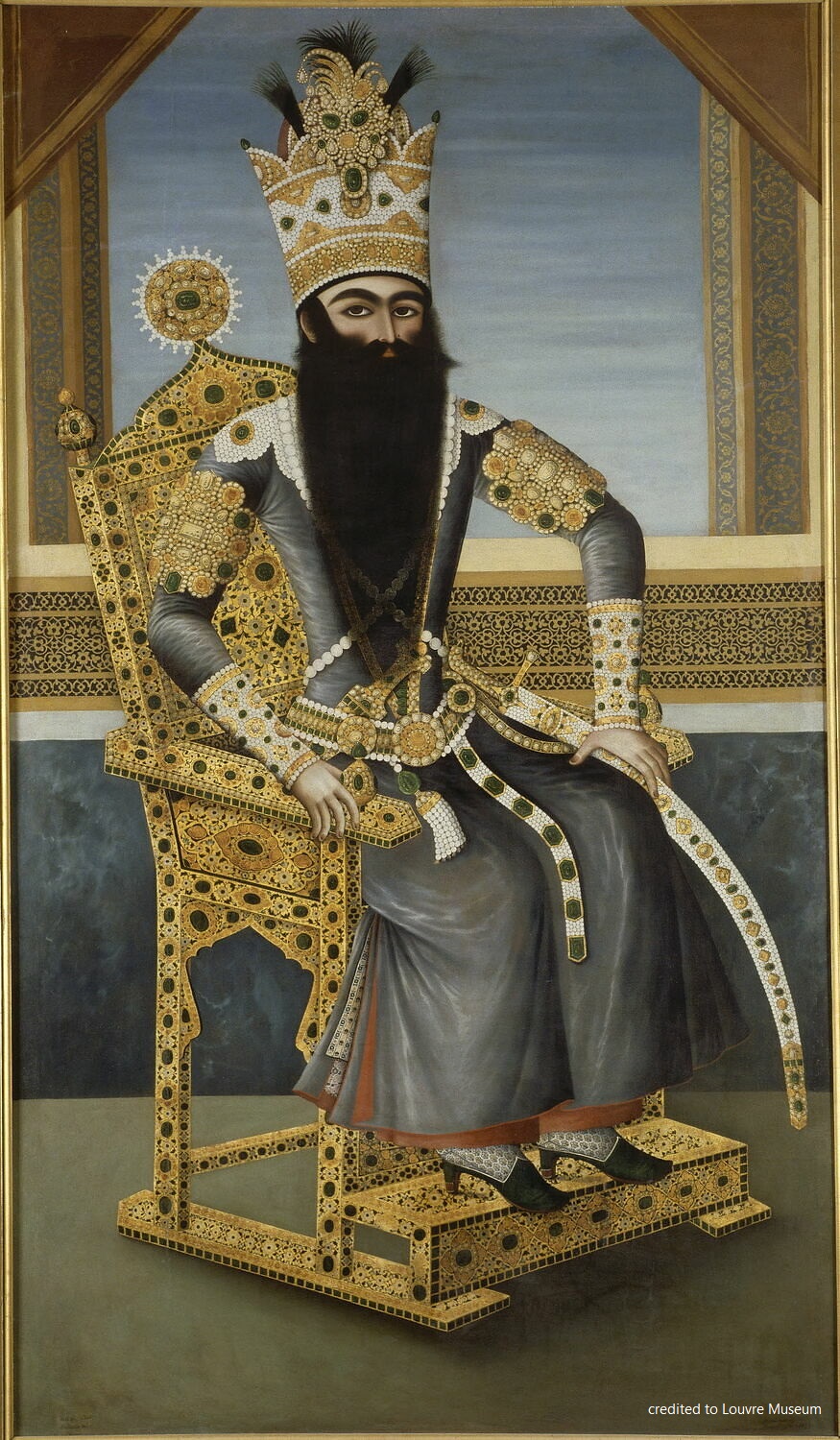
The Achaemenid masterpieces of Apadana palace
In the Louvre museum, you will visit a great hall in which there are many discoveries of Achaemenid civilization. De Morgan has found them in Apadana palace, Susa. Darius the Great founded it as his winter palace in 488 BC.
The most important ones are a polychrome Brick panel of Siliceous ceramic with glaze which is 475 cm high and 375 cm wide, a gold bracelet with lion head decoration containing inlaid turquoise, and a stone column with the bulls heads.
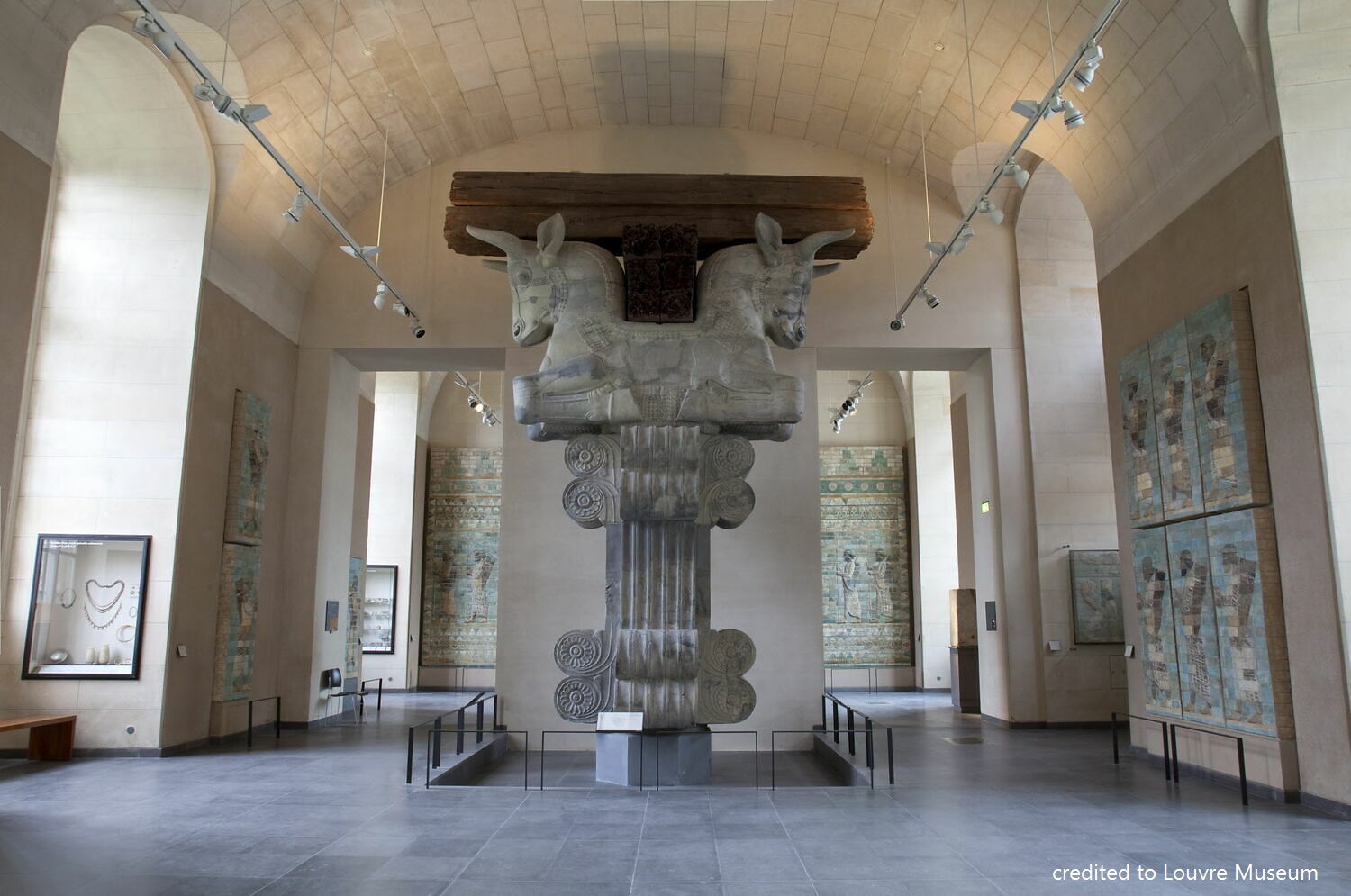
Shiraz carpet
Shiraz carpet, woven of wool and silk, manufactured in Shiraz, belongs to the 10th century AD. It has a blue background, pink decoration, and red border. It is 620 cm high and 455 cm wide.
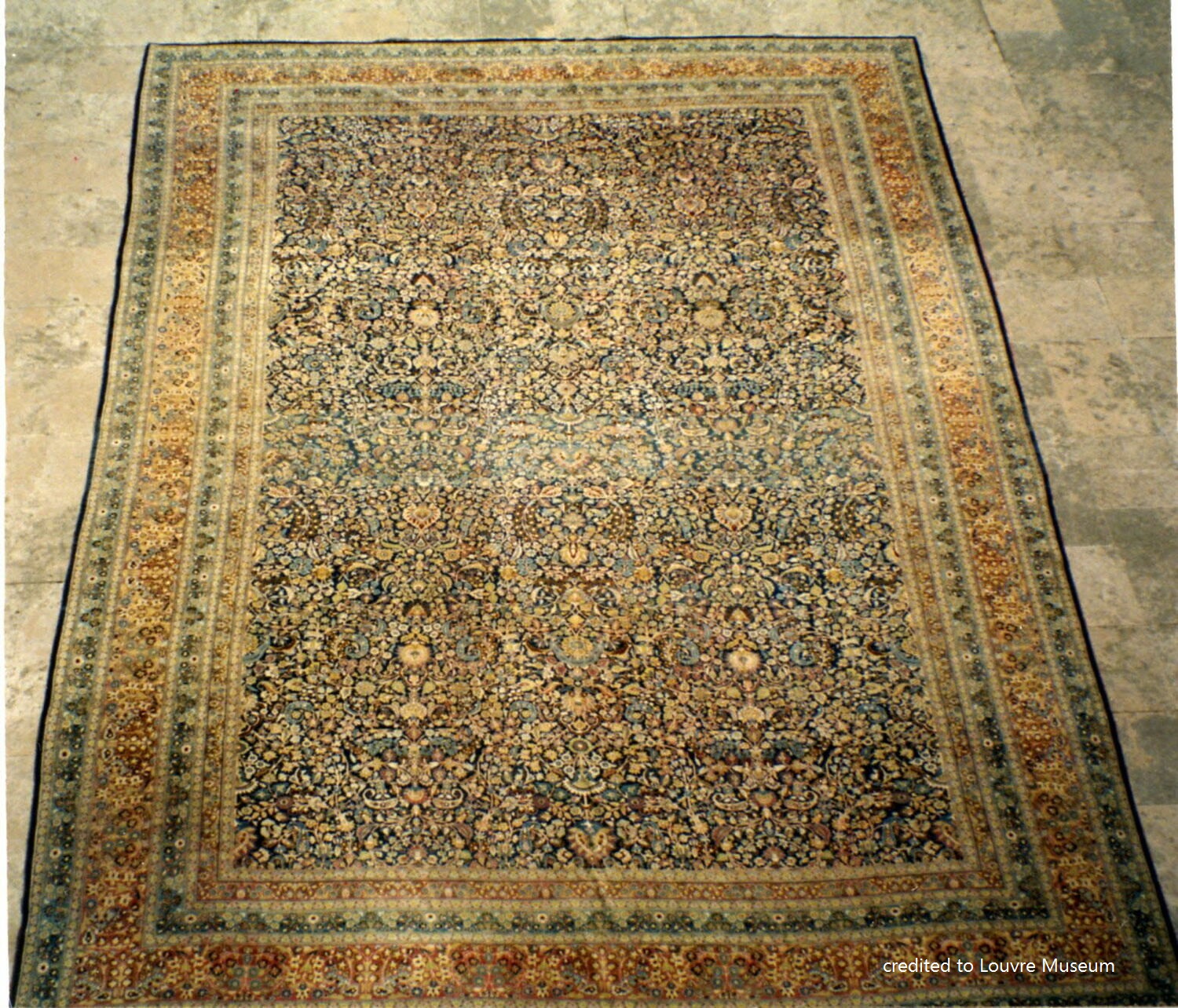
Marlik Gold Cup
One of the most valuable works of Iran in the Louvre Museum is the Marlik Gold Cup. This cup, discovered near Rudbar, Gilan province, belongs to the 12th to 14th century BC. It is 11 cm height and 11 cm wide.
The discovery of these unique golden cups led archaeologists to the conclusion that in the first millennium BC, nobles with a rich culture and art, lived in these areas (Gilan and Mazandaran).
The Marlik cup, made of electrum (an alloy of gold and silver), with engraved decorations, has its roots in ancient Iranian mythology. In these decorations, repeated in the circulation of the cup, you see a two-headed dragon that kills a gazelle with its jaws.
source: Louvre museum

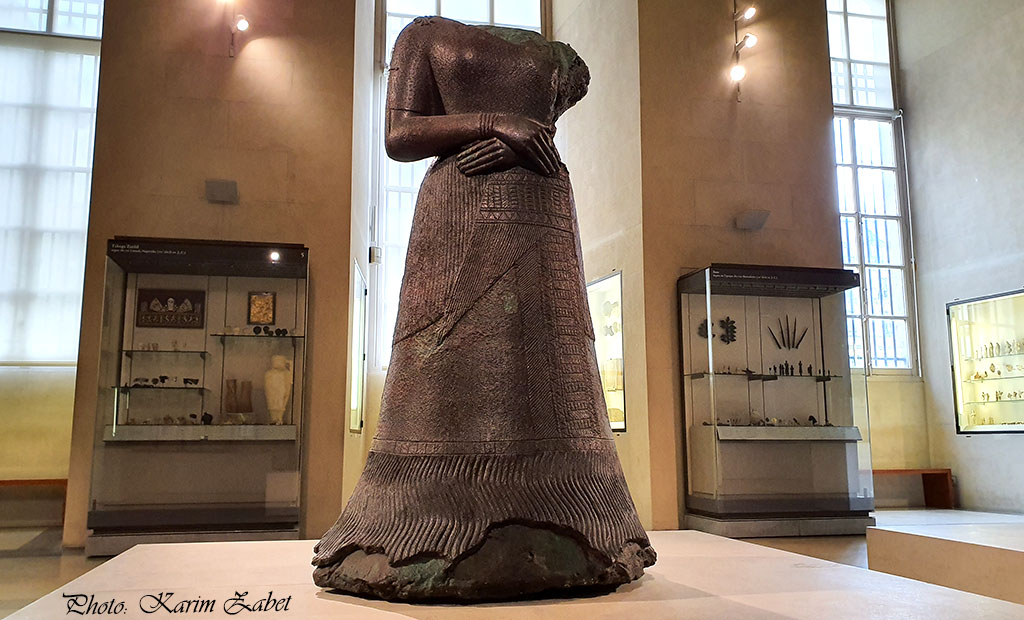
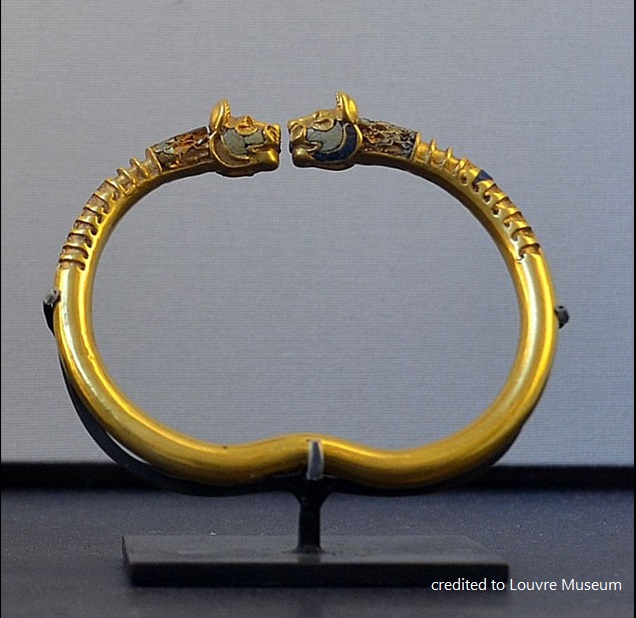
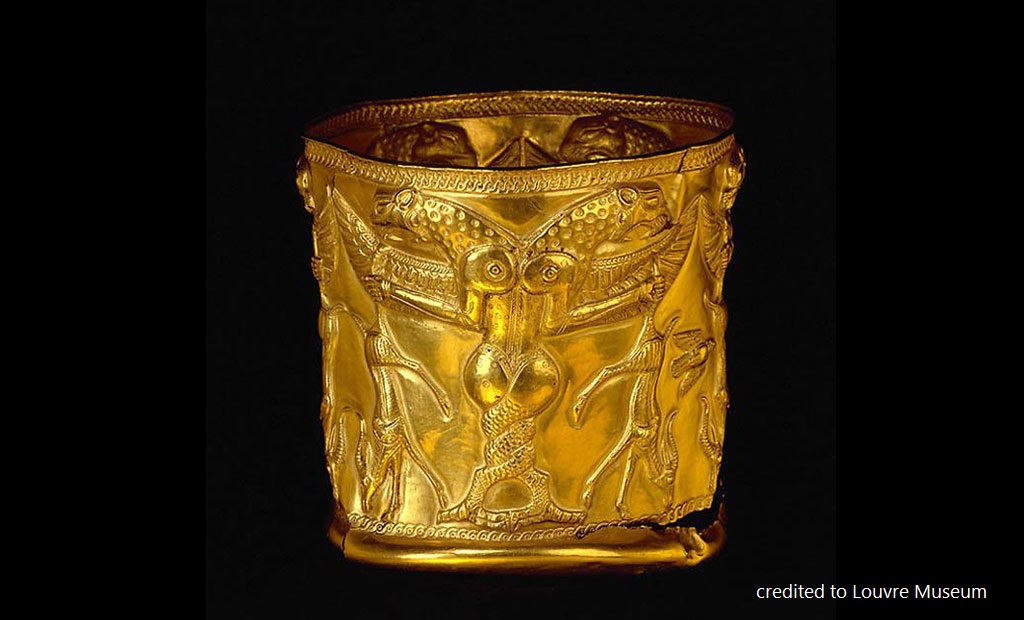
Such a wow! this blog leaves me speechless.
Glad you like this one
This is an excellent snd informative blog post
Learned s lot.
Thanks for your attention
Iran is a country where originated some ancient civilizations.
Iran is a mysterious country that has been attracting the attention of tourists for many years. The heritage of ancient empires, including Persia, oriental luxury, gourmet cuisine, the austere beauty of the desert, famous bazaars and silk carpets can captivate everyone.
Iran had a great influence on the development of world culture. Scientists and philosophers presented their works to the world treasury: Avicenna, the poet Ferdowsi, the philosopher and poet Omar Khayyam and many others.
The original culture and abundance of architectural monuments make Iran one of the most interesting travel destinations.
But the most attractive in Iran are its people – very friendly and hospitable. I advise everyone to visit one of the beautiful countries in the world!
Thanks for your nice comment.
Iran is the best place for discovering the ancient Iranian dynasties, such as, elamites, Achaemenid, sassanide and other civilisations, elaborated in this region.
I have visited National Iranian museum Witnessing many of these works
What amazing masterpieces! I learned so much about your beautiful country through this post. Thank you so much!
Thank you for your time and sharing your comment with us